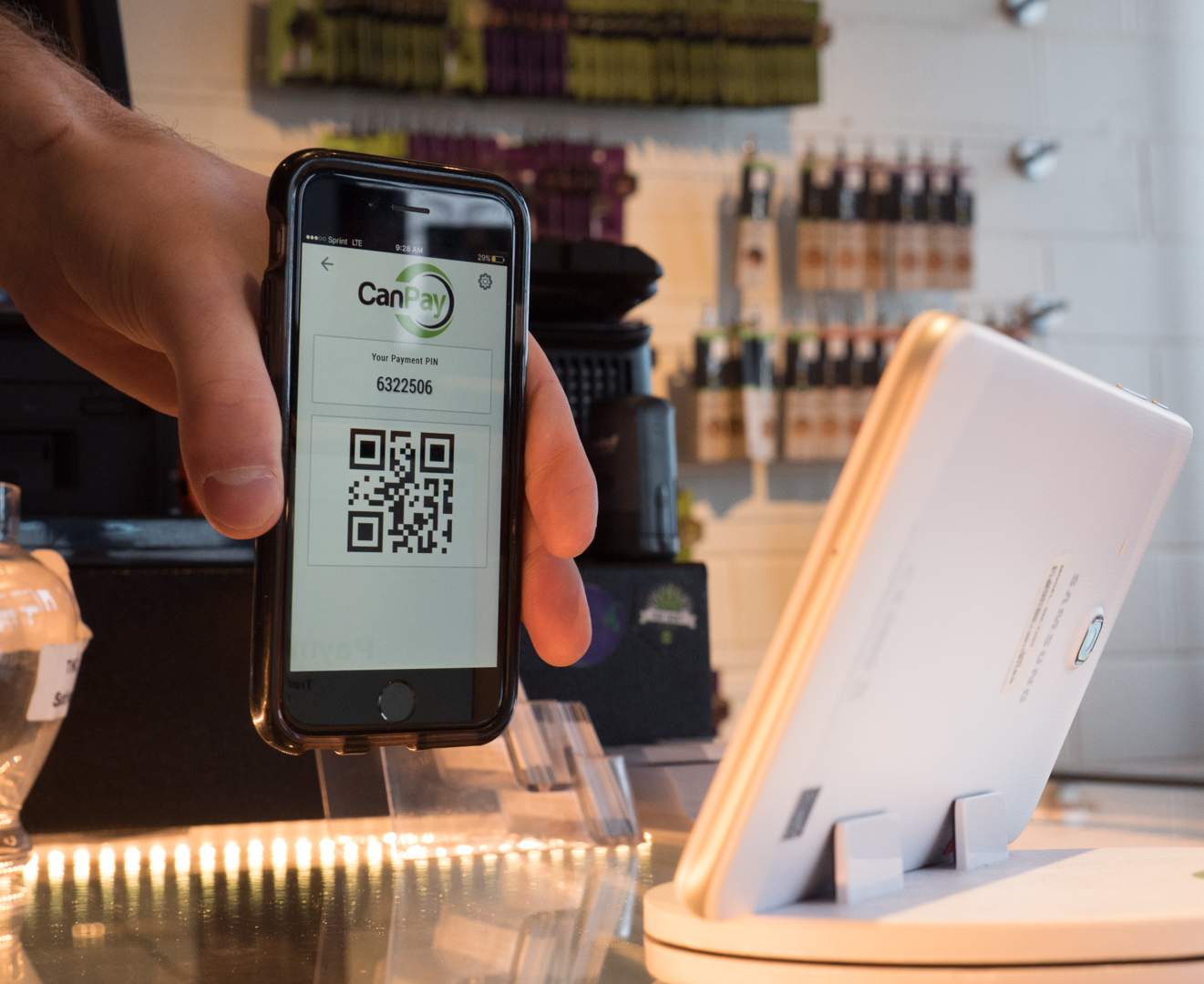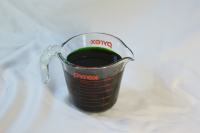KIND Financial, a technology and compliance software solutions provider in the cannabis industry, is launching a new e-commerce and payment processing platform in Canada. According to the press release, they are partnering with a Canadian bank to launch the KIND Seed to Payment platform, which is essentially an e-commerce gateway integrated with their compliance software, KIND’s RegTech platform.

David Dinenberg, founder and CEO of KIND Financial, says this is an approach to help alleviate the cannabis industry’s banking woes. “We’ve been very focused on a global vision and taking a strategic approach towards solving the cannabis industry’s largest problem – banking,” says Dinenberg. “Not only have we built a broad portfolio of finance and compliance solutions with a high-level of technical sophistication, but we’ve made a strong commitment to security and compliance, which is evident through our partnership with Microsoft.” A little over a year ago, they entered a partnership with Microsoft to utilize their cloud-based solutions for government traceability software.
According to the press release, the software has regulatory and security features built in, such as age and identity verification, which can help companies comply with security and chain of custody regulations. “Our mission is to ensure business and technological growth for all constituencies within the cannabis industry while ensuring full compliance with evolving regulations, and that’s why we’re thrilled to make these services available to our great neighbors in the north,” says Dinenberg. “We understand compliance will be a critical issue for some time to come, but with our solution, all providers and their partners can focus on the job at hand while keeping in line with regulatory mandates.”
KIND Financial has not done much work in Canada previously, but this could be a sign of a greater push for international expansion. “We’re excited to be working in a new country to boost the Canadian cannabis industry in a safe and regulated manner, and we look forward to expanding into other markets overseas,” says Dinenberg. The press release says the new platform is designed to work with different languages and foreign currencies, including the euro and Australian dollar, which could help Canadian producers enter emerging markets.
In addition to their announcement of the KIND Seed to Payment platform, the company also announced they will be rolling out a mobile payment system called KIND Pay, a digital payment option for consumers that will accept Visa and MasterCard. They anticipate that KIND Pay will launch before the end of this year.















